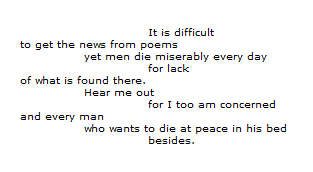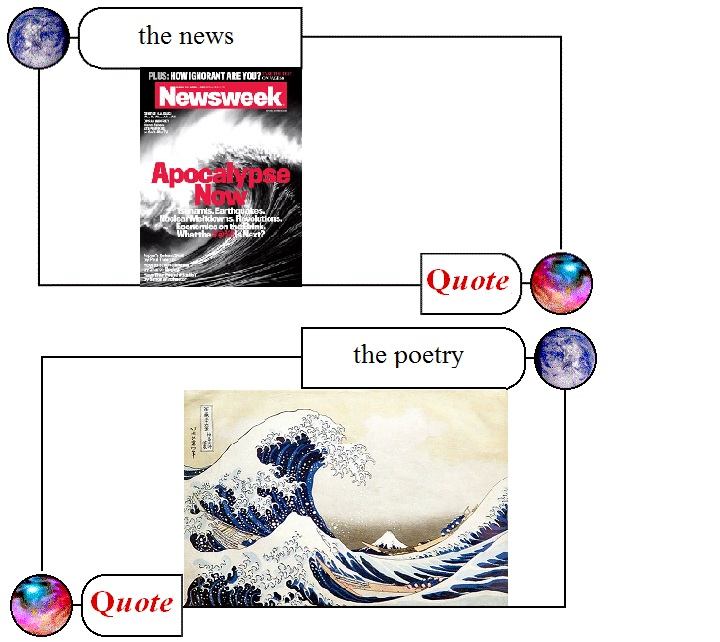Browsing a bookstore on a rainy and strangely November-like day for April, I came across a display of novellas from Melville House Publishing. Slim, neat volumes with the book titles printed on each stark white cover page in primary colors and black. Irresistible to the book lover who is busy at work, a bit tired of blogging and blog commenting (and yet, I’ve left over ten comments here and elsewhere over the course of the entire weekend. Physician, heal thyself!), and who misses reading fiction.
And so, the novella. After the fantastic comments about postmodernism left at my last blog post, “A Lazy Sunday’s Blogging,” the following blurb seemed especially intriguing:
Part murder mystery and all jet-black satire, and based on a real life scandal, this edgy novella tells the story of Leopold Sfax, world-renowned as the creator of “The Theory” – a bizarre literary theory that grew from an intellectual folly to a dominant school of criticism that enslaved college campuses across the country.
To make the satire even blacker, Leopold Sfax, the world-renowned theorist, is hiding his past as a Nazi collaborator. No wonder he is a proponent of words and text divorced from the author….
….and all of this is in Gilbert Adair’s novella The Death of the Author. It is a very good book and I don’t agree with the tepid mini-review at Amazon by Publishers Weekly. Why are the Publishers Weekly mini-reviews at Amazon so generally off-base? To whomever at PW wrote “a narrative weighted down by the narrator’s unceasingly haughty academic rhetoric,” all I have to say is this: the book and its language is a satire of academics, academia, and postmodern language. That’s the reason for the haughty academic rhetoric. It’s part of the fun:
I proposed that, again in every text, there would fatally arrive what I called an aporia, a terminal impasse, a blank brick wall of impenetrability, an ultimatum of indetermination when its self-contradictory meanings could no longer be permitted to coexist in harmony and its fundamental “undecidability” would undermine for ever the reader’s most fundamental presuppositions.
It was, as it happens, at that last proposition that the long-suffering scoffers at the Theory were determined to draw the line – rather, it was by the window of opportunity offered by its theoretical incontinence and by the enormity of its affront to sheer common sense that they sought to infiltrate and invade the rest of the fortress. What? they squealed from Berkeley to Brown, and from Wesleyan to Columbia, is nothing to mean anything anymore? Hamlet, Faust, Moby-Dick, The Divine Comedy – that these possess not one meaning, fair enough, but are they then to possess so very many that it becomes meaningless for the reader to explore any of them? To which the screw-turners, nostrils twitching at the whiff of sulphur, would add: And Auschwitz? Dresden? Hiroshima? My Lai? All of them meaningless, indecipherable texts, saying the opposite of what we had always imagined they said? Wars as texts – go tell that, they protested, to the Marines, go tell that to the maimed, gassed, blinded, disfigured victims of civil texts and guerilla texts and one day, doubtless, the great nuclear text.


